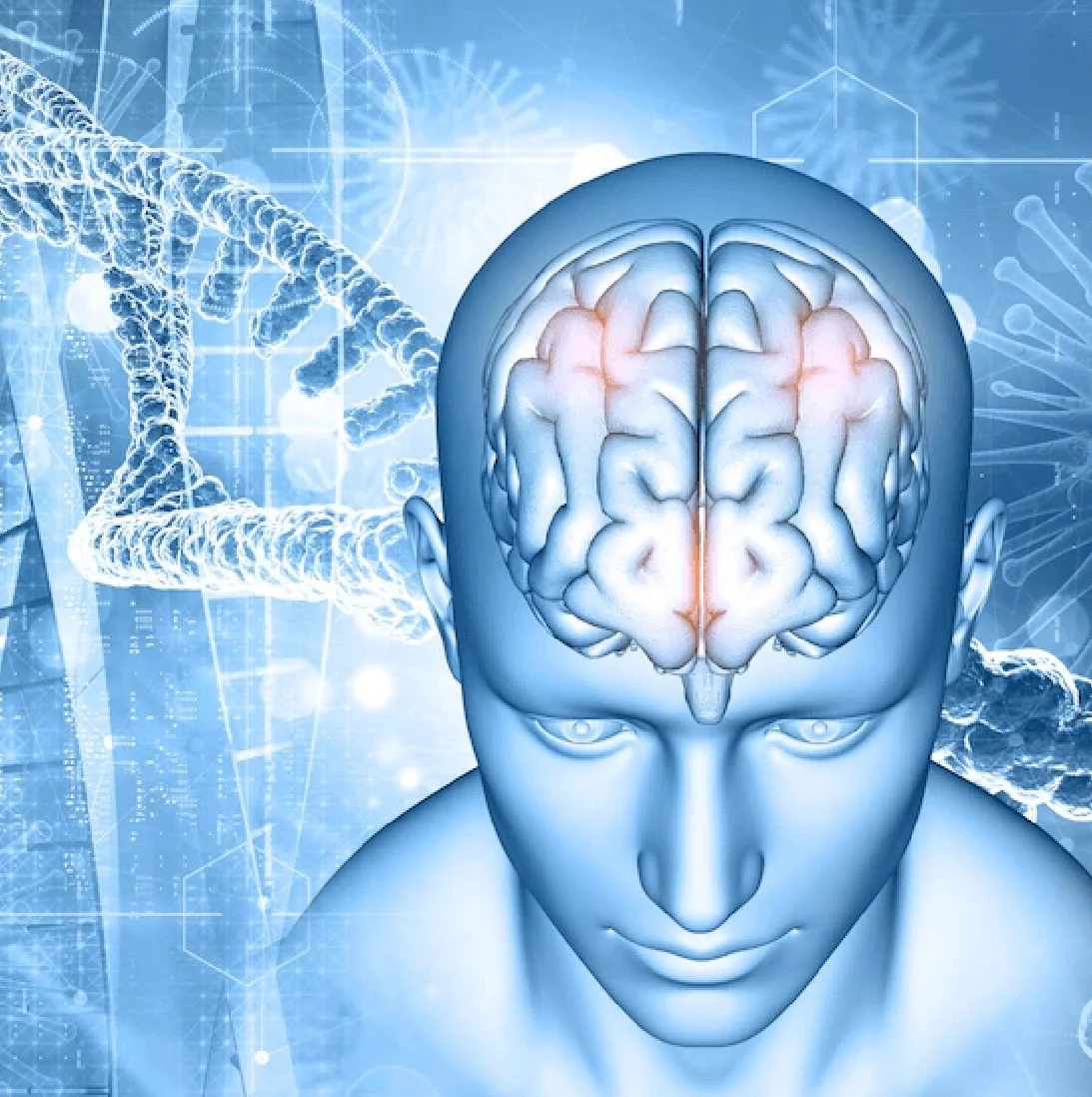
Department of Neurology
Welcome To Gangasheel Hospital
What is Stroke?
A stroke occurs when a blood vessel in the brain ruptures and bleeds or cuts off the blood supply to the brain. A rupture or blockage prevents blood and oxygen from reaching the brain tissue.
Stroke is one of the leading causes of death in the United States, according to a reliable source, the Centers for Disease Control and Prevention (CDC). More than 795,000 US citizens suffer a stroke each year.
Without oxygen, brain cells and tissue are damaged and begin to die within minutes.
- A transient ischemic attack (TIA) is a blood clot that usually heals on its own.
- An ischemic stroke is a blockage caused by a blood clot or plaque in an artery. Symptoms and complications of ischemic stroke may last longer or be more permanent than those of TIA.
- Hemorrhagic stroke is caused by a ruptured or leaked blood vessel penetrating the brain.
When blood flow to the brain is lost, tissue within the brain is damaged. Stroke symptoms appear in parts of the body controlled by the damaged area of the brain.
The sooner stroke patients are treated, the more likely they are to have an improved outcome. For this reason, knowing the signs of a stroke can help you act quickly. Symptoms of stroke may include:-
- Paralysis
- Numbness or weakness in arms, face, legs, especially on one side
- Difficulty speaking or understanding others
- Slurred speech
- Confusion , disorientation, or inability to react
- Sudden change in behavior
- Visual impairment. B. Visual disturbance with dark or blurred vision or double vision in one or both eyes
- Difficulty walking
- Loss of balance or coordination
- Dizziness
- Unexplained sudden, severe headache
- Seizures
- Nausea or vomiting
Lifestyle changes can't prevent all strokes. But many of these changes can make a radical difference when it comes to lowering your risk of stroke.
These changes include the following:-
- Quit smoking. If you smoke, quitting now will lower your risk of stroke. You can reach out to your doctor to create a quit plan.
- Limit alcohol consumption. Excessive drinking raises blood pressure and increases the risk of stroke. If you have difficulty reducing your intake, consult your doctor.
- Maintain a moderate weight. Being overweight or obese increases the risk of stroke.
- To control your weight, eat a balanced diet and move more often. Both steps can lower blood pressure and cholesterol levels.
- Get tested regularly. Talk to your doctor about how often to check your blood pressure, cholesterol levels, and other medical conditions. We can also provide support and advice for making these lifestyle changes.
The cause of a stroke depends on the type of stroke. Strokes fall into three main categories:-
- Transient ischemic attack (TIA)
- Ischemic stroke
- Hemorrhagic stroke
These categories can be further broken down into other types of strokes, including:-
- Embolic stroke
- Thrombotic stroke
- Intracerebral stroke
- Subarachnoid stroke
Proper medical evaluation and prompt treatment are essential for stroke recovery. According to the American Heart Association and the American Stroke Association, "Lost time is lost brain."
If you realize you may have a stroke, or if you suspect someone else is having a stroke, he should call 911 or your local emergency services immediately.
Treatment of stroke depends on the type of stroke.
Ischemic Stroke and TIA
These types of stroke are caused by a blood clot or blockage in the brain and are treated using very similar techniques.
Drugs that break up blood clots
Thrombolytic drugs break up blood clots in the arteries of the brain to stop strokes and reduce damage to the brain.
One such agent, tissue plasminogen activator (tPA) or alteplase IV r-tPA, is considered the gold standard in the treatment of ischemic stroke.
This medicine dissolves blood clots quickly.
People who receive tPA injections are more likely to recover from stroke and less likely to be permanently disabled as a result of stroke.
Mechanical Thrombectomy
In this procedure, the doctor inserts a catheter into a large blood vessel in the head. A device is then used to pull the clot out of the blood vessel. This surgery works best if he is done 6 to 24 hours after the stroke begins.
Stents
If a doctor determines that the artery wall is weak, the narrowed artery may be dilated and supported with a stent.
Surgery
Rarely, when other treatments have failed, surgery can be done to remove a blood clot or plaque from an artery.
This operation can be done with a catheter. If the clot is particularly large, the surgeon may open the artery to remove the blockage.
Yes, Stroke treatment is available in Bareilly at Gangasheel Hospital by the team of expert neurologists in the city.
